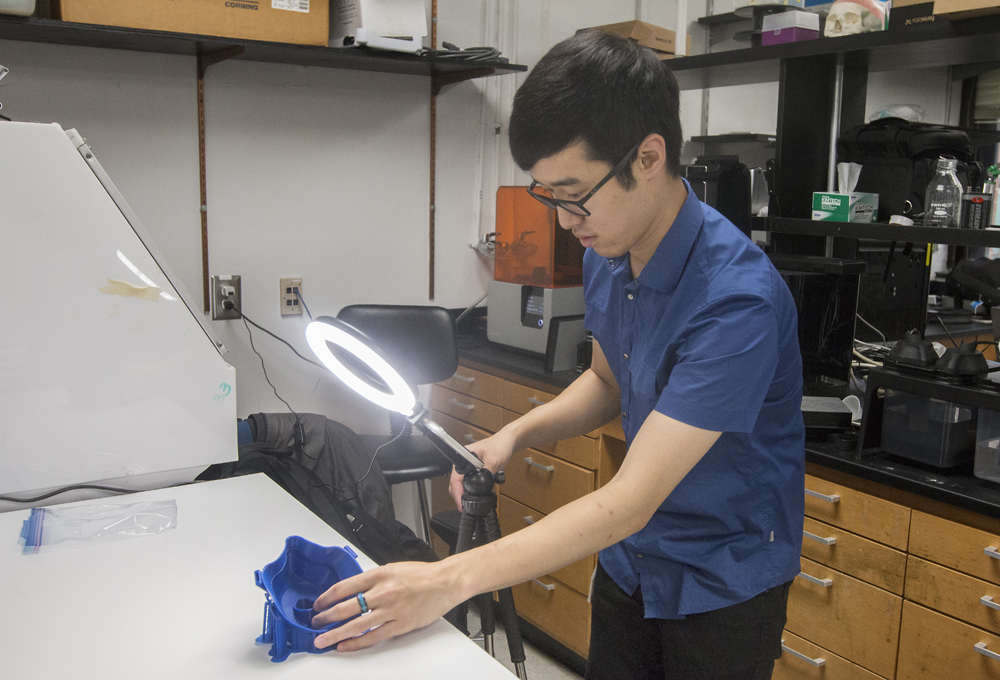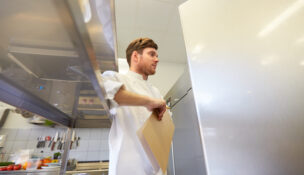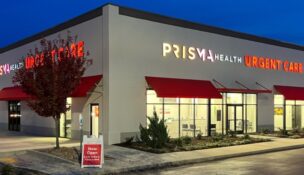COPING WITH COVID: Medical University of South Carolina
Staff //April 1, 2020//
Coping with COVID
SC Biz News is speaking with small businesses and community leaders about the impact of the new coronavirus on business and industry, and how this is changing how they operate.
Contact Andy Owens, [email protected], with any questions or ideas.

A global shortage of protective masks and an order to work from home led Joshua Kim to find a new use for 3D printers.
Surrounded by everyday objects in his home office, Kim, a senior designer and program coordinator for the Medical University of South Carolina’s department of surgery, realized that the need for masks could be fulfilled by using 3D printing technology, which Kim said people have increasingly been able to access.
“I thought it should be something I can do at home in my little workspace, something that you can make from materials found at your local hardware store,” Kim said. “We just had to reframe the problem of how we can replicate the results of the N95 (masks) and step back and simplify the process so it’s not overwhelming.”
With a design team of five other people, Kim’s idea became a reality in less than a week. After multiple rounds of prototypes and testing, the Self-Assembly Filter for Emergencies Cartridge System was developed. It incorporates two parts: a 3D-printed mask that can be reused and a 3D-printed disposable filter cartridge. These cartridges can also be used with traditional hospital masks.
The two 3D-printed parts are fitted together with a HEPA filter and a rubber valve to relieve air pressure. Where N95 masks filter 95% of particulates of a certain size, HEPA filters keep out around 99% of particulates.
Kim said community response has been overwhelming. The team promoted the 3D masks on social media and on MUSC’s website, and they released the product design to encourage those with 3D printers to pitch in.
“The overwhelmingly positive responses online has been very encouraging and inspiring to see people coming together from all over the country starting to print these masks to provide to local health care providers,” Kim said. “We had a huge influx of donations from the local community too – local colleges, high schools, hobbyists and makers who started printing our masks and sending them in bulk.”
Kim said the community donations have been helpful as time is one of the biggest obstacles in creating these masks. Each mask takes about four to five hours to print and an hour to assemble with MUSC’s printers.
Although the team is looking into partnering with a manufacturer for mass production, Kim said they highly encourage community members to read over all instructions on the website before attempting to print their own, as the team cannot maintain quality control over masks not printed by MUSC.
“We’re just proud to be playing a role in protecting our health care providers and inspiring people to be innovative,” Kim said. “The end of this outbreak will come from community efforts. It’s everyone coming together to work toward the same goal to coming out of the COVID-19 pandemic.”
i

















